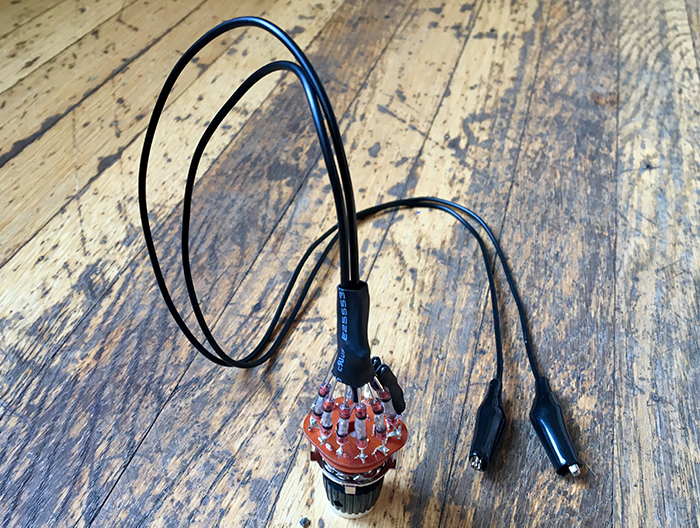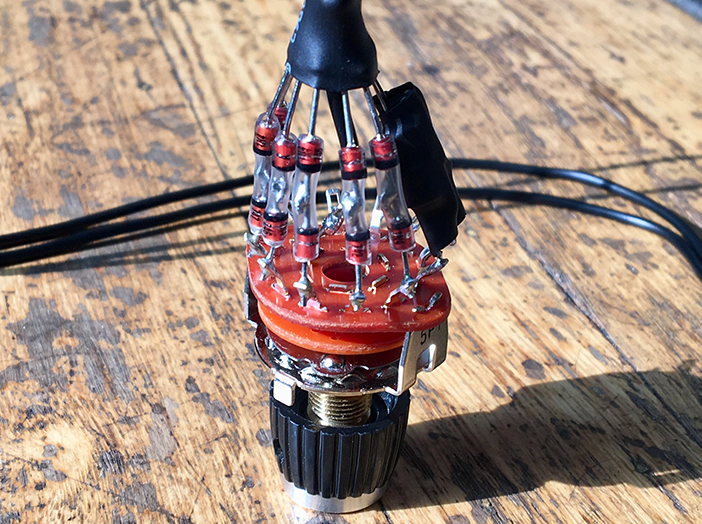FourT6and2":2rt94w9l said:
V2a":2rt94w9l said:
Yes, you are correct. I am touring wineries and not very helpful. But in general you can increase the load when you lower the plate resistor. Try increasing the 82k to 330k-470k.
Would you suggest lowering the 150K V1b grid as well? Do you want to keep a certain ratio between the two?
As far as I can tell, the higher the value of that resistor from wiper to ground, the more gain it shunts? Engaging that resistor (on a switch) seems to cut saturation and stiffen up the response of the amp a bit. 82K is almost too much. Wouldn't 330K-470K kill all the gain of the stage?
the 150k grid stop acts in conjunction with the tube's internal capacitance to roll of some high end; so keep it as is if you like the tone.
The 82k is in parallel with the shunt portion of the gain 1 pot (1MA). So say you have gain 1 set at 50% resistance (at about 3:00 on the dial). 500k in parallel with 82k is 70k, which is darn close to the 68k found in other Jose-type amps.
Two things to think about:
1. Voltage divider: V-out = V-in * (R2 / R1 + R2), where R1 is the series resistance and R2 is the shunt resistance to ground. So the lower the value of R2 in relation to R1, the more gain is shunted to ground (lost). If you replace 82k with a higher-value R, then you'll lose less signal (keeping in mind that 82k is in parallel with the gain 1 pot).
2. the total value of R1 + R2 is effectively in parallel with the plate resistor as far as the preceding tube is concerned. So the lower the total value of R1+R2 (and of the plate resistor), the lower the gain you'll get from the preceding gain stage (because the "load" determines the AC load line; see Blencowe preamp book). If all you do is lower the plate resistor from 470k to 100k, then you will loose gain. But if you also increase the 82k resistor (which is in parallel with gain1 and the plate R) you can get some of that gain back.
The LOWER that (parallel) resistance is, the more gain it shunts (less resistance to ground means more of the signal goes to ground).




